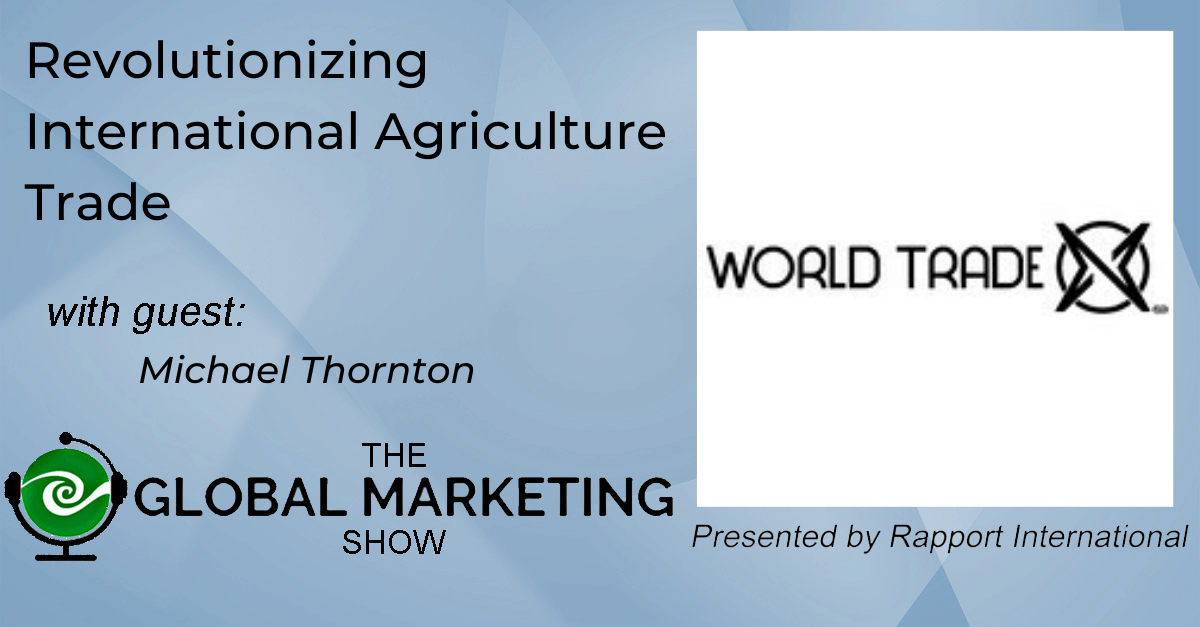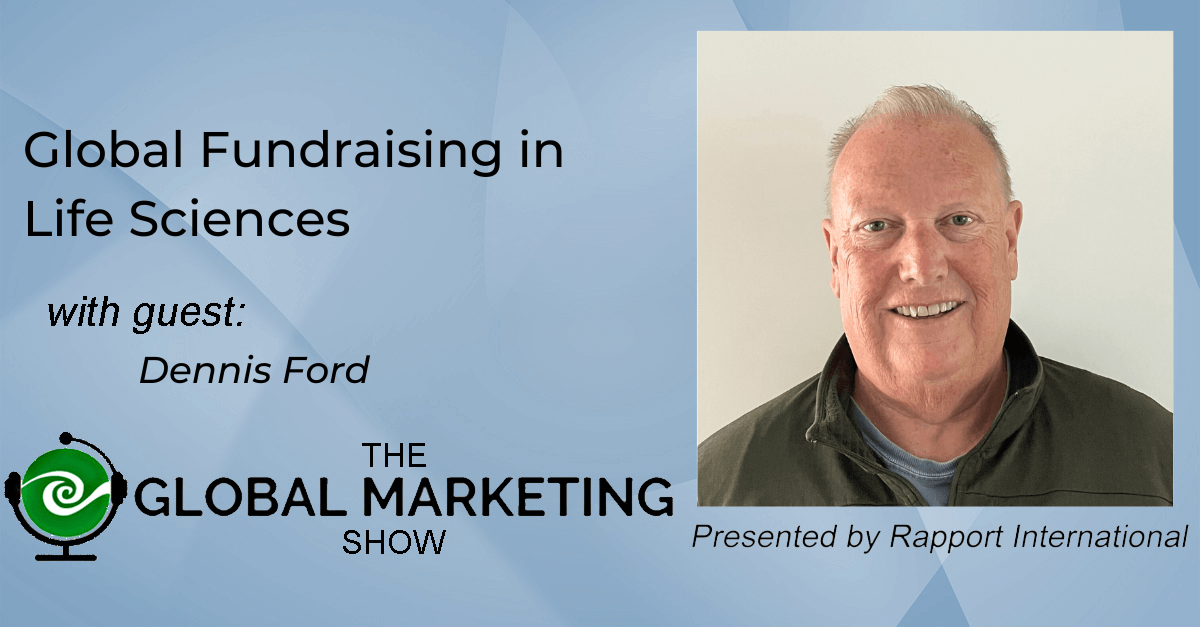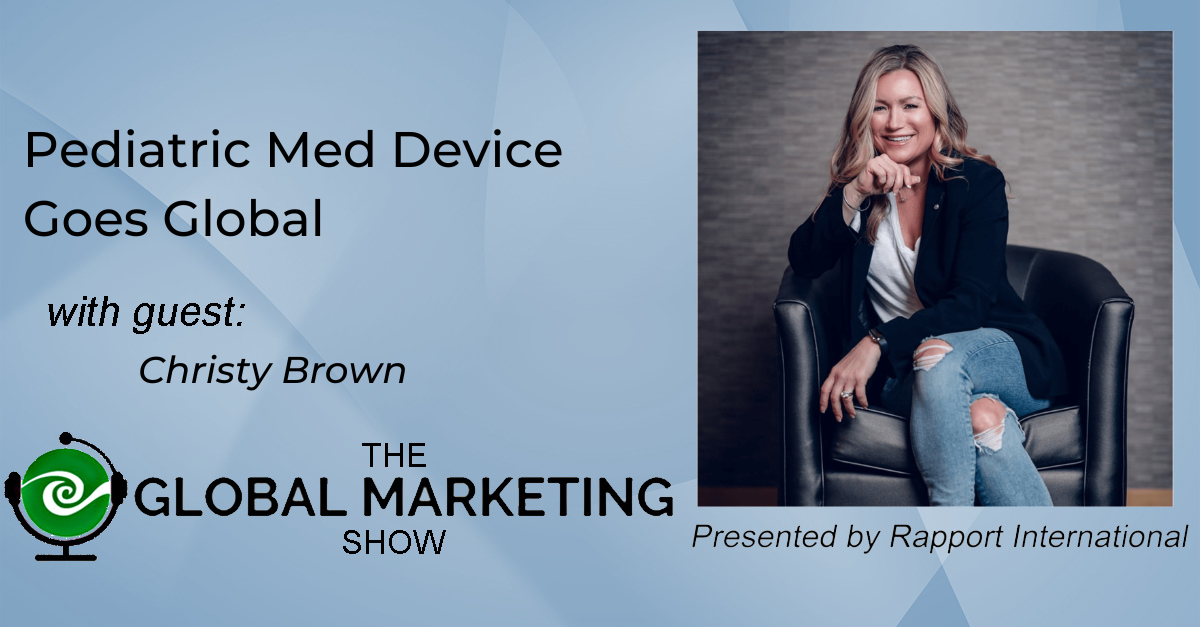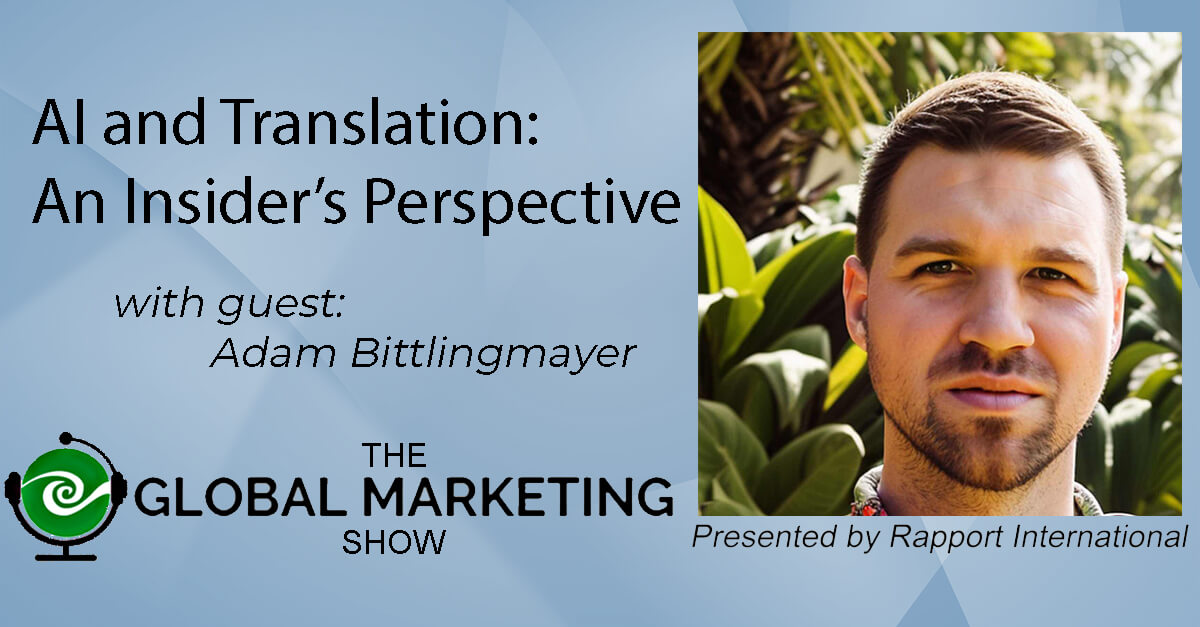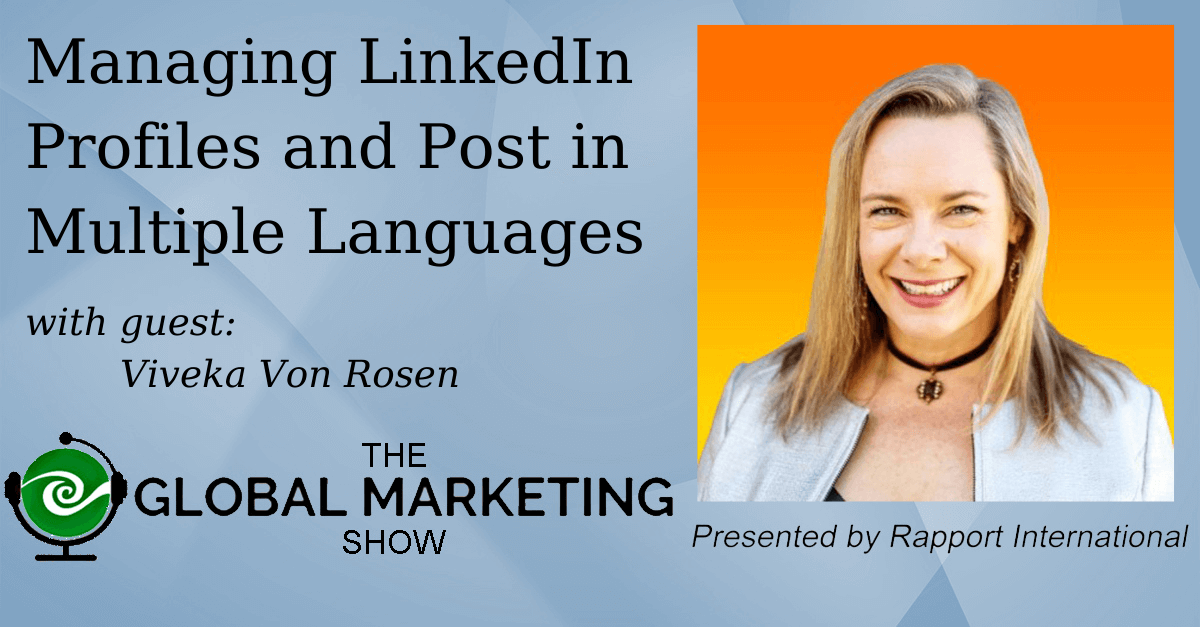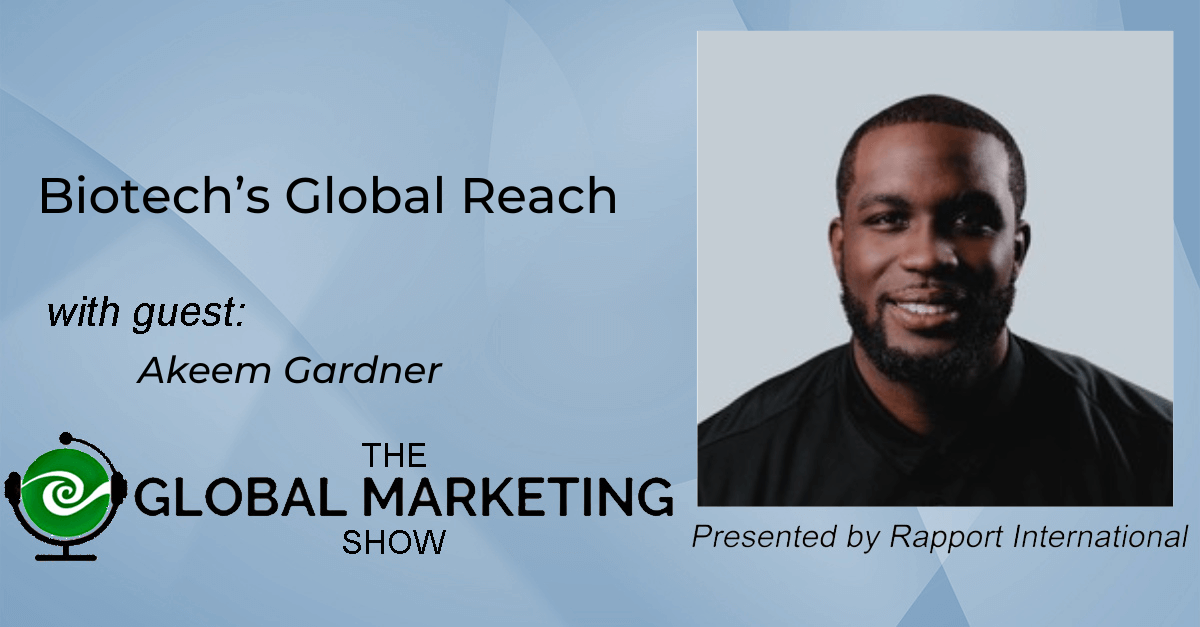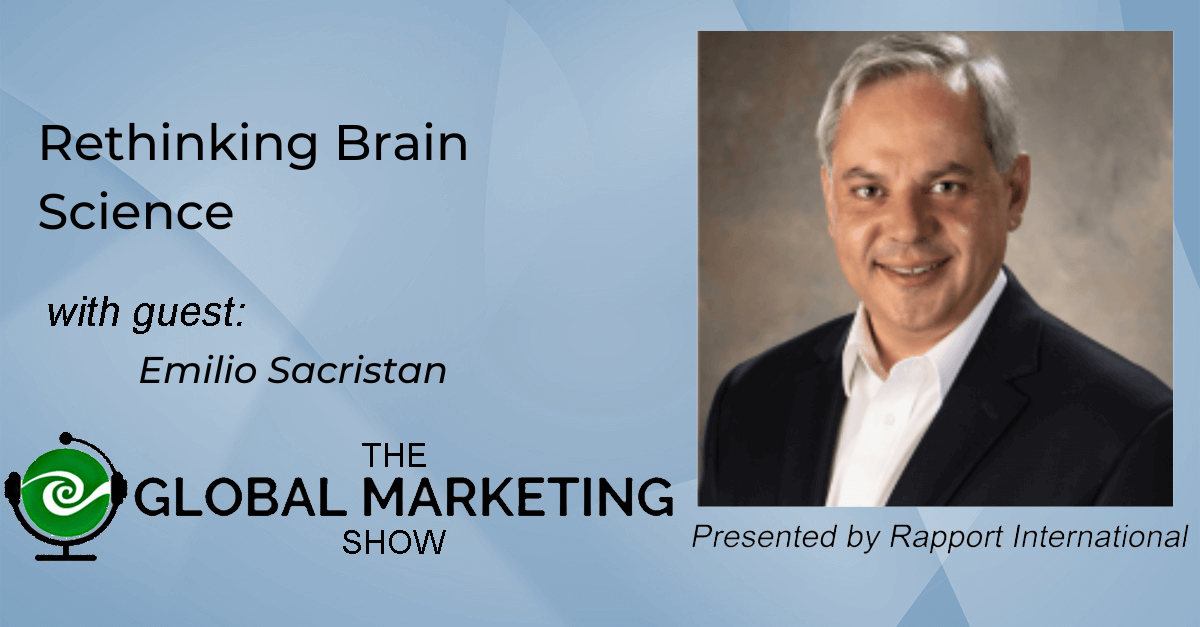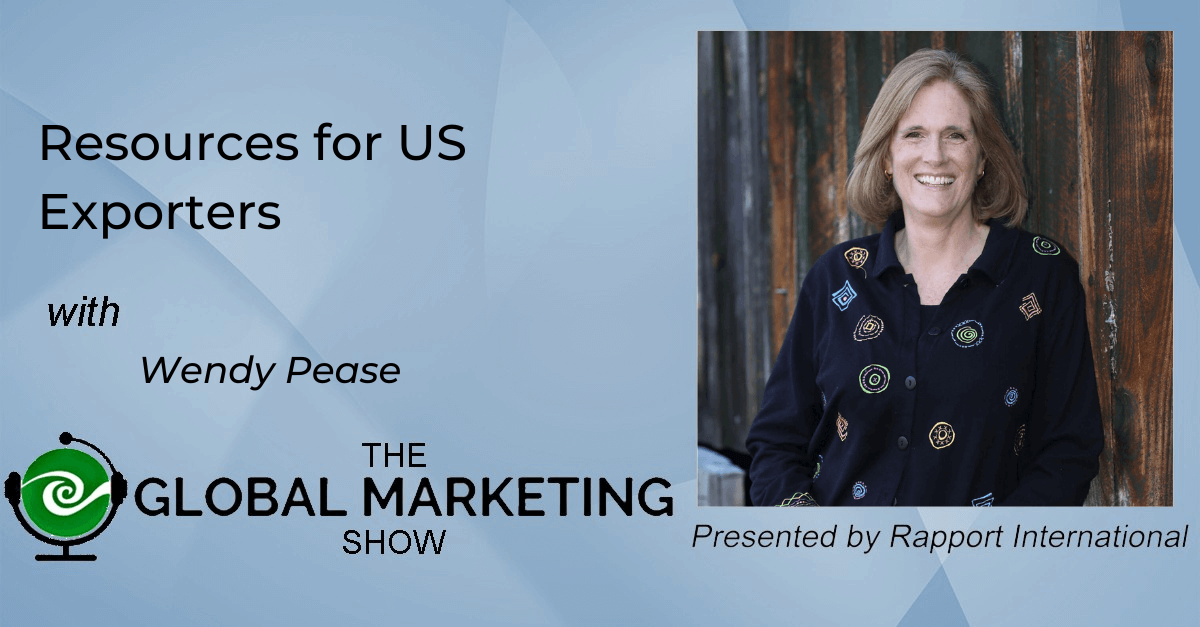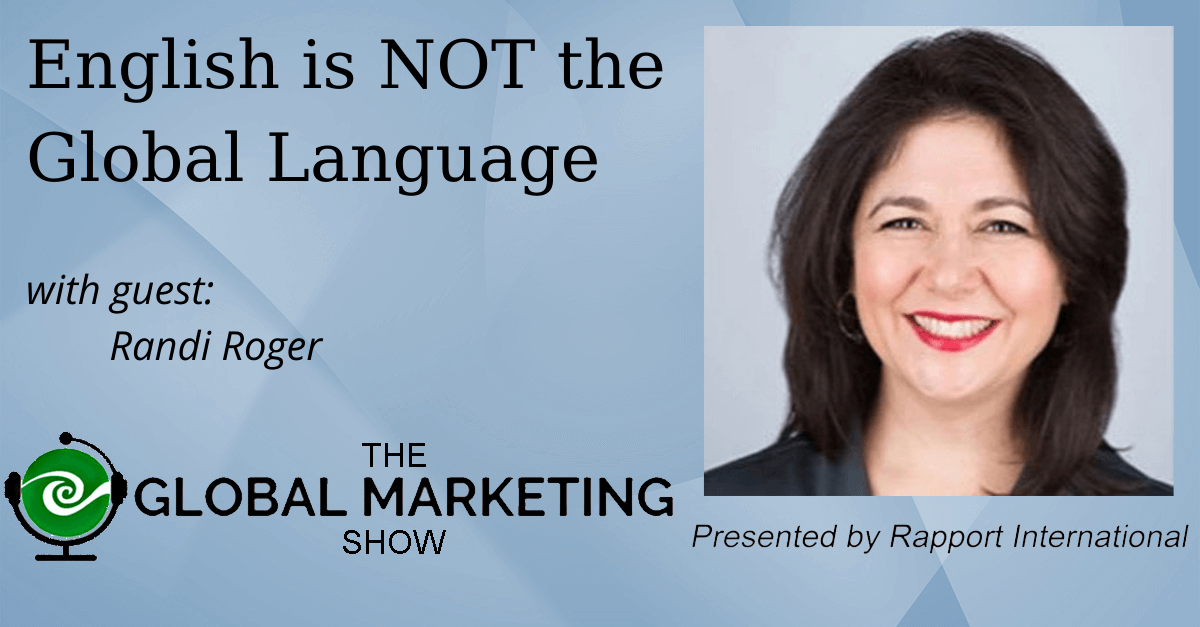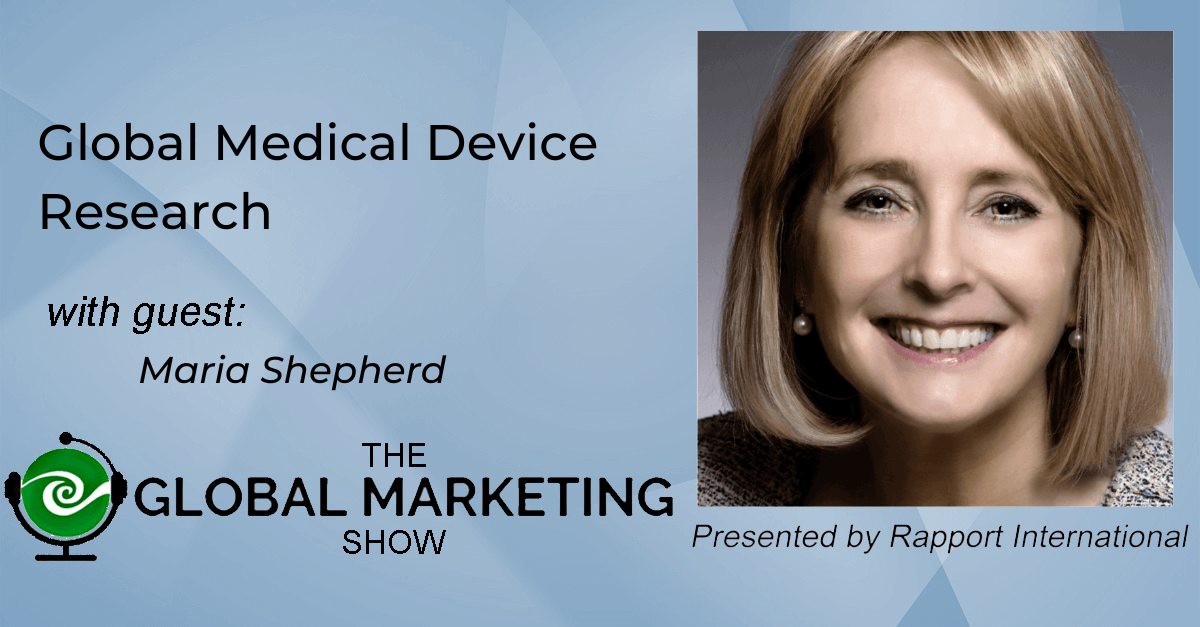Dave Roccio of Lando and Anastasi, a Boston-based law firm specializing in intellectual property (IP), takes a holistic view on patent filing – it’s not just about filing the patent application, it’s about his client’s stage in business, what they want to achieve, and their long-term goals.
One telling example, he shares, is that of a tech company client that received funding and had 10 technologies to protect. They had funding, a strategy, and needed to move fast to protect their inventions. They budgeted about $10k per patent (the average cost of a single filing) and had one year to determine the countries in which to file, not an easy decision as each country would require another $100K for 10 filings.
This is where Dave’s holistic approach comes in; he will advise his clients on where, when, and what to file. The first three variables to consider are:
- The opportunities in the home country;
- Where your clients are; and,
- Where your competitors are.
As part of the process, Dave determines whether the client would benefit from complete applications, wholly protecting them from competitors on many different levels, or if it’s better to file quickly for minimal, viable commercial usage. Interestingly, his electrical engineering background also means that where he ultimately chooses to file may differ from other patent attorneys’ choices.
That said, he adds, US companies most commonly file for patents in:
- Europe – the European Patent Office oversees the countries in the region but is not affiliated with the official EU, so the UK is still part of this group. Companies file one application and then choose the countries they want to enter.
- China
- India
- Australia
- Canada
Rules around translation vary according to country, but every office usually requires translation into the local language. When deadlines are especially tight and attorneys need immediate understanding of particular content, the firm will sometimes utilize machine translation; however, a one-word mistake in a patent application can cause a lot of issues – delays, denials, extra time, and costs. Ultimately, it’s a balancing act between time and accuracy and, should that fail Dave will always turn to human translators to ensure accuracy.
Timeliness is of utmost importance for companies managing patents and other IP. Global marketers, too, should check for patent protections before selling into a new country. Going to market prior to the patent process starts the clock on the time allowance for patent applications; if a company tries to file a few years after entering the country, they likely won’t be able to protect their IP.
Links:
Website: https://lalaw.com/
LinkedIn: https://www.linkedin.com/in/davidroccio/
Connect with Wendy: https://www.linkedin.com/in/wendypease/
Music: Fiddle-De-Dee by Shane Ivers https://www.silvermansound.com
ATTENTION: Below is a machine generated transcription of the podcast. Yes, at Rapport International, we talk a lot about how machine translation is not good quality. Here you see an example of what a machine can do in your own your language. This transcription is provided as a gist and to give time indicators to find a topic of interest.
Wendy: Welcome my friends to another episode of Global Marketing Show. We're talking law today, legal Law ip, so it's gonna be lots of fun. Before we get into that though, I wanna remind you that we're sponsored by Rapport International, who always gives us a Tidbit. Rapport International connects you to anyone around the world through language and culture, and of course, today's is gonna go along with law.[00:01:00]
Did you know that several countries around the world have laws or rules when it comes to picking baby names? For example, in Denmark, under the law on personal names, if soon to be parents, do not wanna pick one of the already approved baby names on the list. They have to seek approval from the government.
These laws are in place to protect babies from names that can be construed as embarrassing, outlandish, or likely to result in future ridicule. That cracks me up. David, what do you think about that?
David: That's pretty restrictive. I don't know. Uh, yeah, I think there's, social norms would probably take care of a lot of that itself, but,
Wendy: Right, right.
Then, then they'd pick up a, a nickname. So I jumped in and brought Dave into the conversation. Dave Rocchio of Lando and Anastazi is an intellectual property attorney whose practice focuses on [00:02:00] strategic counseling, on IP related issues involving technologies. He takes a holistic view of a business and its goals when developing an IP strategy.
He does have extensive experience in working with startups, both startups that are coming into the United States or US ones going outside of the United States. And that's actually how we've met through Soft Land Partners, to help make international connection. So Dave, welcome to the Global Marketing
David: Show.
Yeah, I appreciate it. Thanks for having me.
Wendy: Yeah, so I've heard of holistic used in a lot of way, but never around ip intellectual property. So can you tell me more about how you come at what you do with a holistic. Approach.
David: Yeah, of course. No, thanks. That's a, that's a great point. And I, you know, you do hear that hot, that hot button word used a lot more and more these days.
So [00:03:00] I remember writing that. Somewhat hesitant to use it, but I think it's appropriate because you know, when we as IP professionals and majority of my work is on the patent side, so I'm helping tech companies protect their. Inventions file for patent protection to make sure somebody can't just do what they have invented.
When we're looking at that, there are a lot of considerations, right? I don't know how many applications to file, where to file your applications, how aggressive to be in asserting your patents. There's all sorts of different areas to look at and oftentimes it can be quite overwhelming and especially for startups.
They oftentimes don't know where to put their resources, right? Where to spend their money, their time what countries or regions they should be thinking about. And so, I find when I meet, when I talk about holistic, I'm really talking about taking a overarching look at, okay, what is your current stage?
What is your current position? What are you looking to achieve? Do we need to go, , for the home run right [00:04:00] away? Or should we really look at what is gonna be the most beneficial actions for you at this time based on your available resources? And we can plan down the road for things, but we really need to kind of.
Look at it all. Are you looking for investment now? Are you looking to sell? Are you looking for long-term growth, short-term growth? So that's really what I mean, is kind of taking a, a, a big look at the company, the players, the competitors, the customers, and really taking actions that make sense and it may be a traditional approach and you kind of follow the general.
Way that some people act with, with respect to patents, but oftentimes it's not, oftentimes it's a, , unique approach based on specific circumstances. So I think that can be a big trap for especially startups where they start sinking lots and lots of money and time in places that they really don't need to be doing at this moment.
Next thing you know, they find out their, , IP budget is completely gone and they really haven't gotten anywhere.
Wendy: An example of a, a startup that. You [00:05:00] worked with an holistic approach and and thought that it went really well.
David: Oh, sure. Yeah. So the best example I can think of that we worked with was a, , a startup out of Massachusetts who no was start at the end.
They've, they've since gone since we started working with 'em. They've gone public, , they're multinational now. They're very successful. But how we started was looking at their resources and looking at where they currently were took a very strategic and targeted approach to their patent filing.
So meaning we weren't just, , trying to capture everything under their sun with their application. We weren't trying to capture what they're doing and maybe what others potentially might do in the future.
Wendy: Okay. In their application. So can you, can you tell us a little bit about what they do?
Are they a tech company? Yeah, a tech
company.
David: Okay.
Wendy: So they're in the United States when you start working with them, correct? Like only in the us. Yep. Okay. And so you had said you take an overarching, look at the stage, what they wanna achieve and what their goals are.
Yeah. So [00:06:00] what stage were they in and what did they wanna achieve?
David: Yeah. Early stage, , have Some, some resources available.
Wendy: Are you talking one 1,000 million? What's early stage for somebody thinking about this?
David: Sure. Yeah, they're more in the I probably don't wanna get in too, too much specific, but we're not, you're not, we're not just talking seed, you know, we're talking kind of the next couple, next round or two.
So they have some, they have resources that are being spent and available for, for, I would say . Not aggressive but also not, really overly minimal. they had, we could come up with a plan and we could implement the plan without being going over the top.
Wendy: I'm just trying to get a scale.
So what kind, when you're saying a startup and you don't, you could just gimme a general range as to what kind of revenue or what kind of investment. Cuz I want listeners to be thinking about whether they're the right size to think
David: about this. Yeah, no, that's a really good point. So I can give you the scale.
I, I don't think I was, Aw. Um, I know [00:07:00] what their revenue was as a company at that time. I do now I really was looking more at, okay. Based on their goals of be expanding and across the US and expanding to other countries, and then looking at their, what was available as an IP budget.
And so I know based on their IP budget, what our filings were gonna be. I know what a filing generally costs, right? So as a general rule, so, or a general example I should say. , an application, a, a rough place to land probably costs about $10,000 Right. To, for that application to be prepared and filed.
That's very rough. And some things come less than, some things come more obviously, depending on the the complicated or less complicated nature of the technology. But in general, that's a good way to look at it. And basically That's fantastic. Yeah. Yeah. And so the initial the initial filings then, based on that and knowing where they wanted to go, Was limited to let's say less than 10.
Okay. So knowing that knowing per budget, that kind of gives you a range for what their IP budget [00:08:00] was. Now, based on the amount of technology and things they had going on, if resources were taken out of the equation, they could have been very aggressive and, and especially in a space that is very dense right now in terms of other potential competitors and new developments, especially in the New England region where they were where they are they could have tried to capture a lot more of what their competitors were doing.
So when you file, it probably helps back back up a second. So, when you file a patent application, You, you kind of describe what you've done, what others have done. , you laid a nice story about why this new technology is valuable and why it's an improvement over what was done previously.
At the end of the patent, they have the, what they're called the claims. The claims define the, like legally, if it's granted what you are allowed to stop others from doing. I think that's an important distinction. Another big mistake that people always make, A patent does not give you the right to do anything.
It does not guarantee success. It's not a, , it's not a guarantee all of a sudden you're gonna start making [00:09:00] money if you have a patent. All it does is it lets you stop others from doing what you, what is listed in your claims section of your patent. So when we were, when we talked to startups in general, and specifically the one we're talking about, I mean, you can try draft those claims as broad as possible to include what the company is doing.
Also, thinking ahead. Okay, well somebody might do it slightly differently, so we might really broaden this claim out to capture what other competitors might be doing. And that's certainly a strategy. And with unlimited resources, that might be a way to go.
Wendy: You just gave me so much information, which is fascinating cuz I hadn't thought about it that way.
But I wanna go back to the numbers since we started with that. , so this company has, it's 10,000 per market, so you're talking per country. And they had a budget for 10
David: markets, so it only be more specific. So at, at that time, in the early stage time, it was only one market. The US. And there were less than 10 applications [00:10:00] in the US Oh,
Wendy: it was 10 in the us.
Yes. So it's a hundred grand for just what they wanted to file in the us It wasn't even going internationally.
David: Right. And so, admittedly, that's why we were talking about like what position they're in is important because they had funding. They were in a position to do that and file those applications right from there.
What traditionally happens and what has to happen is you have basically a year to figure out what other countries you want to be in. Basically. There are a lot of international laws and agreements that require if you're going to claim that you had the right to your invention as of your first filing.
So say we filed in this, no, this case you file in the US first. Right? Through international treaties and laws you can file in other countries within a year. And you say, well, we're filing now in England, but we get the date as of our US filing because we filed within a year of that US filing. So you can [00:11:00] see how quickly it goes from your US cases.
Then within a year it explodes out in ha and you have to file within that year. And so you can see, I mean you got your 10 cases in the US if you wanna file each one of those in a different country, right? You can see how the cost exponentially increases. You're talking
Wendy: like another a hundred thousand to do it in England,
David: right?
And that's just one country, now if you wanna do it in Canada, you wanna do it in China, you wanna do it in India, it goes up quickly and. The, the issue becomes, , every one of those countries has different deadlines, different fees some are much more expensive than others.
You can see where it just gets, it gets prohibitively expensive. So if you were going to file everywhere everywhere, all at once over than a year, I mean, it'd be increasingly expensive. So when I'm saying take a holistic approach, that is kind of what I mean in that.
You have to be more selective. You, most startups don't have the resources to be spending money like that or don't have the resources to be filing everywhere. You have [00:12:00] to be selective and also, thinking about what that application looks like, looks like. So I was saying you could try to capture everything that your competitors might be doing, but is that to have an application that is more difficult to get through the patent office and you're gonna fight with the patent office about it for extended periods of time and spend lots more money on it.
Is that really beneficial to a startup who is looking for investment and looking for somebody to, to jump on board and give them money and show it's, it's a viable company or viable technology? Probably not. So sometimes when we're looking at those goals in the current state of the company, we instead say, well, let's take a more targeted approach.
Maybe we don't need to capture everything. We can focus and we can say, well, this is the actual commercial use that we're gonna be using. These are what our customers are using. These are actually what is gonna be valuable to us right now, and so maybe we focus instead. Right on that. There's always opportunities and procedures you can use to kind of, once you get those initial patents through, [00:13:00] you can try to, File additional applications that still claim priority back to your original date, and you can expand it out.
But those are all things that need should be looked at. And when I'm saying holistic, that's what I'm talking about is not just taking a one size fits all approach where you say, yeah, let's file everywhere. Oh, broad is good. We can cover what competitors do. Well that's true, but there's other things to consider.
Wendy: Right, right. That's a huge amount to consider, particularly if you're a startup on, you're on the, the budget. But if you wanna protect in the international world, where do people normally, if there is a normal file first? Sure.
After
David: the US if they're coming. Okay. So yeah, , or
Wendy: I should say, after your domestic market, is there some sort of trend of
David: where people go?
Right. So the first step right, is you just mentioned domestic. Most countries have laws that require things that are invented in their countries to be filed in the country first without you can, you can go around that if you get a permission. So for example, if you have an a US based invention that you wanna file in India [00:14:00] first, right?
You can, you can ask for permission to do that. You can say, well, we're wanna file an application for this outside the us Here's a description of what we're doing. Can we do that? Usually the answer is yes. The only prob, the only issue that will come up is if it's, , national security related.
Usually that, that relates to things like nuclear and armaments and that sort of stuff. They don't want that stuff getting out before it's filed in the US first. Or at least having a chance to prevent it from leaving first. So once that's done wherever your home country is, then it, it becomes, somewhat difficult question people ask all the time, like, well, where should we file?
Well, It really is a specific question to each client, right? So the first is really a, a kind of a three level priority we talk about. So first you should definitely file where you are operating, right? Because you wanna be able to protect yourself and at the very least, give yourself tools and ammunition and leverage to is to operate wherever you're operating.
If somebody challenges you, you can, , try to confront that with your own rights and your own. Arsenal of, of patents. [00:15:00] Mm-hmm. Secondarily, you, you usually wanna be where your customers are. Right. To help protect them if needed. Or , if they're using your technology, using your Systems, your services, whatever it is, whatever they buy from you, if they're using 'em in their home region, you wanna have some potential there to step in and maybe protect it in that place too.
So you can have leverage again in, foreign places or different regions where your customers are operating. And finally, the, the kind of the final one be is Where your competitors are, right to give you am ammunition. If your competitors are saying, trying to assert infringement against you in one place, maybe then you can, you can use leverage that you have against them in their territories in their regions where they're operating.
So it's kind of a three level tier in each one. , I would say you start with one. If you have the money, you can go to two. If you have more money, you can go to three. Cause at the very least you wanna protect what you're doing. And then it kind of goes from there. So it's kind of a
Wendy: chicken or an egg because of [00:16:00] course you file on your own.
Then you go, where are your customers? But you also have to think, where do I want customers from? Absolutely. It's this old marketing versus legal. Where do I put the money and what do I need to
David: do first? And that's the, it's unfortunately, sometimes people don't figure that out until it's like too late.
Right. And. How the system is set up requires you to make those decisions ahead of time. In terms, like I was talking about, the year filing deadlines and whatnot. So you don't have years to figure it out. You don't have I mean, there's ways you can kind of kick the can down the road a little bit, but in all tens of purposes, you, you're not waiting, , five years after you're filing in your home.
Jurisdiction to figure it out. , you got a year to figure it out really, and you're doing guessing, you're guessing, , where the value might be. But on this, on, on that front, it always helps then to be continuing to research, continuing to developed technology. [00:17:00] Cuz , maybe you filed it in your, in your home jurisdiction for your core technology.
You chose countries A and B to expand to. That's it. Turns out C'S really important. , over the next five to 10 years you realize, well, geez, we need to really be in C but we can't protect that core. But maybe over that time you've been doing a lot of r and d and you've developed different twists to whatever you were doing or new additions, and maybe that has become really important and it wasn't covered in your original application, but maybe now you can file to that new stuff and see.
And so you kinda a different place.
Wendy: Yeah. Lemme jump to a, a different question cuz I'm interested in, in the international, cuz it's global marketing. Yeah. So say the last few international patents that you filed, what countries were they in?
David: So, I mean, our most common places are So Europe is interesting because Europe has an overarching European [00:18:00] patent office that It's not directly tied to the eu actually, like the , UK is not part of the eu, but it is part of the European patent system.
So you file basically one application in, in the European patent office and it kind of proceeds through. And once, once you get a granted European patent, you then choose which countries you want it to be enforceable in. And, and even that's developed, progressing a little bit now cuz. This could be a whole nother topic.
They're, they just, they're rolling out now what's a unitary patent? Which is basically one European patent that's gonna be enforceable across Europe. But anyway, to your question, so Europe is number is probably number one. That makes sense cuz
Wendy: you get a lot of
David: countries right?
And then you got once and you can kick the, again, you, you, you can file European patent and then you don't get a patent maybe until a couple years later. And then you, then you choose, you say, oh, I want it to be good in Germany, , uk, France. Yeah. Yeah. So you can kind of figure that out. Other big ones are China, mm-hmm. [00:19:00] And those are the two big ones. The next one come. India's pretty popular. Australia. Canada, but not as much as you think. And, and this is more, this is, so my background's electrical engineering, so I'm dealing with like electrical based systems, software based systems. It's probably different for other technology areas.
Like I know the life sciences is much more active in the, in the foreign filing realm. They file in a lot more places. But I think those are the big ones. The, the one place that's also big is. What's called A A P C T or it, it's a patent cooperation treaty and it's another term for it's international application.
So in reality, there's no way to get an international patent that's good in a lot, in more than one country. You have to, even with Europe, you eventually have to choose Pacific countries, right? But there is, through all these treaties and agreements between countries, there is a way to file one.
Application that at least acts as a placeholder [00:20:00] in a lot of different countries. Basically any country that you'd ever wanna file an actual patent in, they're, they're, they're a signatory to the patent cooperation treaty. So you file this one international application and that gives you rights.
You kind of, you. It kind of gets examined. You get a report on it, what, what an examiner thinks about it. It'll never actually turn into a patent. But what it does is lets you choose later. So you file that, you get 30 months. 30 months after that you can choose, well I know I want to be in the us, I want to be in , in Europe and I want to be in China.
And from there you then proceed with those three separate cases forward. So that's probably the most, one of the most common international ways for us to file cuz it kicks the can down the road. It allows somebody to make those specific country decisions maybe after two years when they really have a better handle on their resources, their customers, their competitors.
It just allows for more flexibility.
Wendy: All right. I have to ask, what about language for filing [00:21:00] patents?
David: It's, it's, it's a good question and it can often be a problem because for. E e every country, region, wherever you can, every patent office right, has their own requirements in terms of language. So if you are filing direct in those countries, oftentimes it needs to be in the language of that office, right?
So if you're filing direct in China, it needs to be in Chinese. Mm-hmm. If you're filing, , in the US it has to be in English, if you're filing in France, it has to be in French. Now, there, there are certain timelines. Some, some places can vary. Like maybe you can file in, in English to start and they'll give you some time to get it translated kind of thing.
But it's, it's certainly, it's, it's a. Especially with tight deadlines, it's something that we need to be thinking about as filers in different countries often because , if you're coming up on that one year deadline. And you're a couple days out and now you decide you want to file in China while getting that translation done on a hundred page document in a day [00:22:00] because you have to send it out so they have it in their time and file it in their time.
, that can be problematic. So it's certain, it's certainly in the front of our mind in terms of filings and in addition, I mean, you can imagine having a bad translation or having, an inaccurate translation. It can be quite troublesome when trying to deal with, you file your application, right?
An examiner looks at it and says, well, you say here that , A plus B plus C equals D. We say, no, that's, that's a bad translation. What we meant, right? What we meant was this. And they say, well, that's not what you said though, right? So it's always a concern to make sure we have accurate translations and, and are accurately describing our invention.
Cuz one little word flip, one little description of a kind of a an example can really sync you.
Wendy: Yeah. Yeah. It's real interesting when we've done translation at Rapport International for patents. You a patent is inherently [00:23:00] something new. And so translating the name or the process of it, we, we are frequently have to go back and ask, do you wanna kept in English or the native language?
Do you want us to come up with a translation that you can then test or do you wanna put some other descriptor in there with translation. So , that's part of the holistic strategic consideration that has to go
David: into it. Yeah, it's, it can be hard because, By nature, when you're writing an application, you are allowed to, , define words, right?
Or even come up with new words, really, as long as you define it and say, we, we use this word, we mean this, but that new, I mean, that doesn't have to be a real word. I mean, it could be something you just come up with as a term to describe something, right? And then how do you translate that into a not real word, into a different language, right.
Right. You can be hard.
Wendy: So I heard the European patent office a while back started accepting machine translation. Did I hear right? And [00:24:00] how is that handled with accuracy?
David: That's interesting. So they, for certain things, they'll accept machine translations. And it's hard. I mean, we, we, so we, on the US side, we see machine translations a lot because.
In the, in the US patent trademark office, there's, there's a duty, a responsibility that is an affirmative duty. There were, anytime we get information that may be material to patentability, we have to tell the patent office about it. So if you have a u, your US case pending in a a Chinese case pending, for example.
And the Chinese case gets a, a response first, and the, the Chinese examiner says, well, I'm gonna reject you over these, reference, these Chinese references. We have to take those and submit them to the US patent Office and say, well, in this other case we got these, these might be relevant during that time, we have to provide either machine translation of them an English [00:25:00] language abstract of what that document shows or a description.
Of what is in the document and like why is it relevant? That, , oftentimes we're getting those documents, I can't read them. I don't know what's in them. So we're relying heavily on machine translations oftentimes, like the E P O to your question is really good at having tools on their, their.
Their website, their portal where you can automatically do translations so you can at least kind of get a rough idea based on the, the drawings that you're looking at, and you kind of piece it together to figure it out. But that, that's about my comfort level for using those translations. I mean, I.
Just to kinda gimme, so
Wendy: you get something in, you don't know what it is, you run it through machine translation to get the gist of it. But if it's something scary or dangerous or you have a liability, then you'd slow the process down and get it translated. Or how do you, I would say, would say if it's that
David: level?
[00:26:00] No, it's a good question. I mean, you're right. I think it gives you a general gist. I think The, the, if we had a real concern to like, what does this actually say? You know, we've had some attorneys in-house before that were, were native Chinese, so they'd helped us look at it before I would, if it was a real, we're, this looks like, like really close.
We're not sure there's any difference. We definitely would like get somebody to actually translate it, actually look at it. The problem comes if. No. Oftentimes there's deadlines and timelines set to when we need to submit these things. Mm-hmm. So does that all us getting a real translation, does that align with, , the deadlines that are set?
Or do we just need to use the, the machine one? Cause that's what we have and we have a short deadline and we need to go with it. So it, it's a, it is a problem that needs to be considered and thought about because those, I mean, it, it's not infrequent that we get. There are translation issues and the examiner's relying on something in the machine translation, and you read it and you go, [00:27:00] this makes no sense.
Look at the picture in this text. It doesn't, they don't align. It doesn't make any sense, but they're, but once it's in front of the examiner, it's very hard for for you to say, well, that's not really what that means, you know? Wow.
Wendy: Okay, so it's this always this trade off of, I can get it quick and just, but it might be wrong and cause a problem down the road.
Like you could get your patent application
David: rejected. Yeah. You could basically, yeah, they could, right. You could submit your, that references from China with a machine translation. Then they come back and reject you and say, well, here in the, the reference you cited, here's the machine translation that says this.
Right. And yeah, may and, and. hopefully the examiner's open to discussing that, and then you can, , talk about it. But it's always, yeah. , it is a risk.
Wendy: Yeah. It ends up adding more time, more costs Exactly. And more liability into it. Yeah. Okay. And so the, the European Patent Office will [00:28:00] accept certain types of material that the
David: machine translated?
It's a good question. I'm not, In terms, so cuz we don't file directly in Europe ourselves, we work with foreign council, does the European filing. And we typically, so for the EPO you can file in English, so we typically file in English. So we don't often deal with trans supplying translations to the European patent office.
We do get translations from them for. Through there. They have a really robust, I would say, especially compared to the US portal, where you're allowed, you can pull up applications and patents from all around the world and click, click a button and it'll, it'll machine translate it for you. So we use that quite a bit
Wendy: when you're doing your patent research and you have to see if there's something that applies.
Yeah, that makes sense. Cuz you get the gist of it and then if you need more detail, then you pull it in.
David: A lot of times with this stuff, you can kind of figure it out. I mean, [00:29:00] especially like if we're talking about electrical systems in the cir, like the, the circuitry, I mean the, how those things are drawn are the same and no matter what country you're in, right?
The, the symbol for this component, the symbol for that, the text, according responding to it, is different. But you can kind of figure it out.
Wendy: Yeah. Yeah. It's so interesting it doesn't matter where it is, but there's this, this separation out of when I need to get agist translation, when I can use pictures and diagrams and, and to communicate, , in hr and when do I need, when's that liability or risk to my revenue that I need to get the high end translation?
Yeah. And so you're seeing that yeah. What's the biggest mistake you've seen a company do with filing
David: It's, yeah. It's kinda , double-ended, right? One of the biggest ones is not acting in time. Right. And I, and You see this quite often. Like I, I attend numerous different conferences and was talking to new tech companies and startups, and [00:30:00] some of them are foreign companies looking at coming to the us.
And they're very excited, right? They're gungho, they've been having great success in their home countries selling this product or service for x number of years. And then they, I, they start, I start talking to 'em, they're very excited and I say, well, how long you been doing it? They're like, oh, we've been selling this with great success for five years.
And then, I mean, it's very hard to tell them, but the, and you've had, you should see, you should see some of the faces that I get response sometimes, as we talked about, they're year deadlines in all these countries. So you, you start selling that product you must file within a year. And it's, it's a hard line.
I mean, there's not a much wiggle room. And that's, that's in the us I mean other countries are more difficult. Europe, for example, is a hard. Absolute novelty bar. I mean, as soon as that thing is public, you're not allowed to file for it anymore. So, , you have to make sure that you're thinking about these things as a company early on in the process, before you start selling, before you publicly disclose, [00:31:00] before you kind of go outside your confidence bubble of protected by NDAs or confidentiality agreements or whatever.
You need to make sure things are ready and you, you at least have a path forward, right? Where you've done, maybe you've done your first filing and you know, okay, we've did our filing. Now we can start talking to people. We can, we can have further filings within a year, but at least you know the process is happening.
Cuz too often than not, these companies don't know that and think they can just wait to wait to file in the US for example, later, and it's just not true.
Wendy: So, alright, so if you're a marketer and you have a new product and you're thinking about how to go global and you haven't patented it, yeah. I mean, it's the biggest learning from today.
Get out and patent it before you start selling it. Yeah. Fi
David: and, and it doesn't have to be granted, it can just be an application. So make sure you file first before you disclose anything outside of your company.
Wendy: Because it Oh, okay. Cuz that, that protects you as long as you file the
David: application for what's in the application.
Yes. So for what's in the Yeah,
Wendy: yeah, [00:32:00] yeah. All right. Well this has been absolutely fascinating cuz , I've known you for years now and we've never deep dive, broken it down this, but Yeah. But it's such a key part to, to global marketing is understanding how you're protected in different countries.
Yeah. Maybe another time we'll talk about. , the changes that have been in, in patent loss, so you can get protections in China. I know that used to be an issue before, but that's, that's the next podcast, version two sequel. You know what I'm coming up with next. What is your favorite foreign word?
David: So, I mean, ever since you flagged this for me to think about, I've been pondering it and I always love,
Hanging out with friends, love having a cold beverage or two. So I love, , anything that has to do with cheers. Right. So you have the German post, you have Italian salute. Right? But I always go back to I spent a semester in Hungary in Budapest, and the words we really hooked onto was Hungarian for [00:33:00] Cheers, which is
So that's my favorite word.
Wendy: That's great. Say
David: it again. Ggk. Gerra. Yep. And look how it's not, how you've never heard. Look up how to spell it. It's not intuitive.
Wendy: No, no, no, no. I had to sound it. Outra. Yep. There you go. That's a new one for me. I like that. Yeah. Well, where can people reach you if they're interested in talking to you about?
Yeah,
David: I'm always open to talking to anybody anytime. I'm in the office today. I'm in the office a couple days a week. That number's 6 1 7 3 9 5 7 0 7 8, but always available by email. It's just d Rocko, so D r o C C i o@lalaw.com.
Wendy: LA Law in Boston? In Boston, not la. Yeah. And your phone number again was (617) 395-7078.
Got [00:34:00] it. Okay. All right. Well, thank you so much, Dave for joining us on the episode today. I, uh, learned a ton and I know there's people that listen to the podcast in over 80 countries, so if somebody's coming to the US now, they know
David: where to go. Yeah. Thanks, Wendy for having me. I really appreciate. It was a lot of fun.
Wendy: All right. Thank you. Bye-bye. Bye-bye.
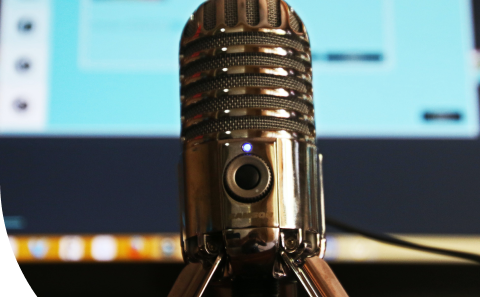
Are you a global marketing professional with stories to share?
Popular Posts
Popular industry news, interviews, technologies, and resources.
